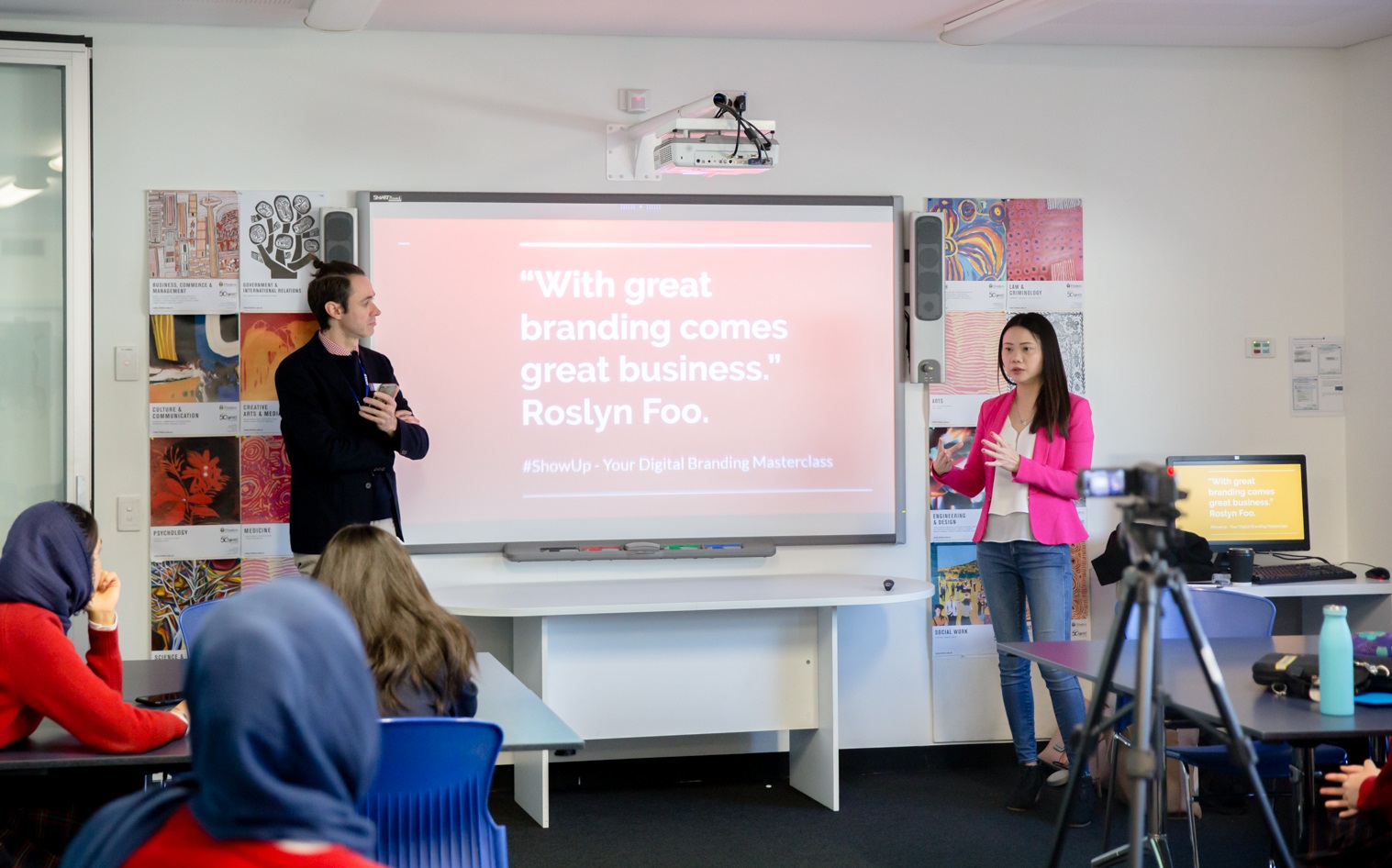
Rethinking Content Marketing for the AI Age
The first step in evolving content marketing for the AI age is to make content an official strategic activity. Empowering someone to take charge of developing the content strategy is essential.
Start by defining the guiding purpose and the primary business objectives that the content must achieve. There are various strategic models to consider—ranging from becoming an authoritative media producer to optimising content primarily for SEO traffic or aligning content directly with sales support.
The key is to choose the approach that best aligns with your business needs and constraints. Once the end goal is clarified, map out your operating model, detailing how all activities and individual content types will fit together into a scalable system.
This unified, top-down perspective is vital as AI influences multiple areas simultaneously. Companies that lack clearly defined content strategies struggle to accurately assess AI’s impact. They find it challenging to create detailed adoption roadmaps.
In contrast, organisations that engage in strategic alignment work gain greater clarity and a better understanding of the realistic value options, trade-offs, and process changes needed to harness AI’s exponential powers.
A Core Content Strategy for Building Subscriber Relationships
At the heart of most content strategies is the goal of deliberately building ongoing relationships with your audience—not merely attracting anonymous traffic. Content should aim to convert visitors into “subscribers” who engage with your brand over time, fostering trust and goodwill.
The potential types of subscribers go far beyond traditional email lists. For instance, podcast followers who eagerly access new episodes demonstrate a similar commitment. Conference attendees who return annually to in-person events reflect the same dynamic. Other examples include community memberships, ebook downloads in exchange for contact information, and webinar sign-ups.
While platforms like YouTube offer immense reach, they don’t confer true audience ownership to brands. Relying solely on third-party networks carries inherent risks. The goal should be to intentionally guide pockets of followers into stable, owned properties that you control, away from major passive distribution hubs. This strategy powers the flywheel effect, continually enhancing customer lifetime value while incrementally reducing customer acquisition costs and sales friction through positive brand associations.
By migrating visitors into voluntarily subscribed, addressable audience micro-communities—who receive communications on the brand’s terms—you boost marketing productivity and performance, regardless of your company’s size. The beauty lies in the recurring value realised over months and years.

Adapting to AI's Impact on Search Behavior
As AI permeates the digital landscape, consumer search behaviour and expectations are evolving. In the past, users sought search engines to sift through numerous information pages to find the best results. Now, AI provides single authoritative answers.
Many content creators targeting search traffic are noticing significant declines. AI-powered platforms, such as ChatGPT, are drawing users by delivering immediate responses to queries instead of lists of links. To maintain visibility and competitiveness, brands must provide the context, references, and details that AI recommendation systems synthesise when formulating responses. This requires deeper insights into customers’ needs and intents to fuel relevant, meaningful content development continually.
The implications of these trends are substantial. Many brands today are facing existential crises akin to those companies that debated whether to allow Google’s spiders to index their websites back in the late 1990s. Allowing access directly correlates with discoverability and survival. Similarly, blocking AI analysis risks becoming irrelevant. Publishers like Disney, which are stopping content indexing, may be making shortsighted decisions.
A significant shift in mindset and strategy is necessary across the marketing spectrum to address this new era of assisted customer decision journeys. Solutions will need to blend machine precision with human creativity.
Clarifying AI's Optimal Role in Content Creation
While AI promises to enhance many aspects of strategic content marketing, fully automated content creation has its limitations. The most advanced systems, such as GPT-4, produce derivative content by recombining existing information patterns to generate new compositions. While these outputs may represent quality writing in isolation, they often lack deeper meaning.
Content can be divided into two categories—created and constructed. Created content holds inherent value and resonates with audiences regardless of its purpose. Humans are drawn to stories, opinions, and creativity for the experience they provide. On the other hand, constructed content serves purely utilitarian purposes, such as manuals, legal forms, and explanations.
AI excels at automating the production of constructed content. However, human creativity, emotional expressiveness, and imagination remain unmatched in creating subjectively compelling reading, audio, or video content.
In this context, AI functions more as a production assistant—facilitating ideation, saving research time, and suggesting angles that writers can choose to incorporate.
The future best practices will be defined by those who adeptly integrate both approaches—enhancing AI-optimised content operations with authentic, human-crafted creative voices. For now, it is crucial to maintain realistic expectations about the capabilities and limitations of AI, avoiding hype-driven enthusiasm. These tools should amplify rather than replace human communication skills.
I would love to hear your thoughts about utilising AI in your content marketing – drop me a message here and let’s chat.
Keep Marketing,

Share This




